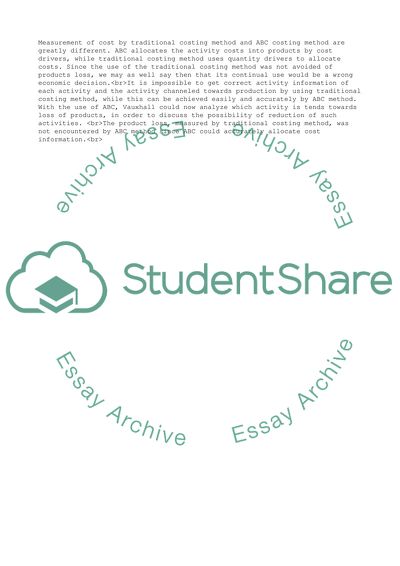Cite this document
(“Stock control Essay Example | Topics and Well Written Essays - 1750 words”, n.d.)
Retrieved from https://studentshare.org/management/1533297-stock-control
Retrieved from https://studentshare.org/management/1533297-stock-control
(Stock Control Essay Example | Topics and Well Written Essays - 1750 Words)
https://studentshare.org/management/1533297-stock-control.
https://studentshare.org/management/1533297-stock-control.
“Stock Control Essay Example | Topics and Well Written Essays - 1750 Words”, n.d. https://studentshare.org/management/1533297-stock-control.


